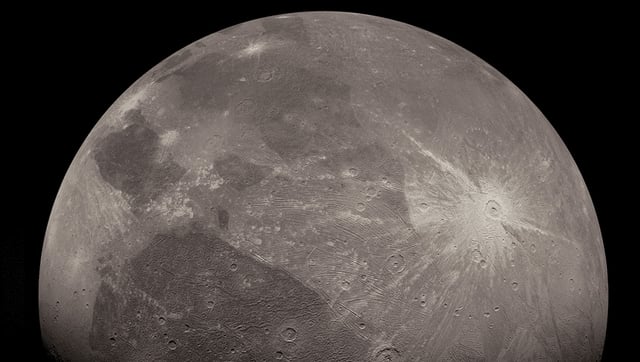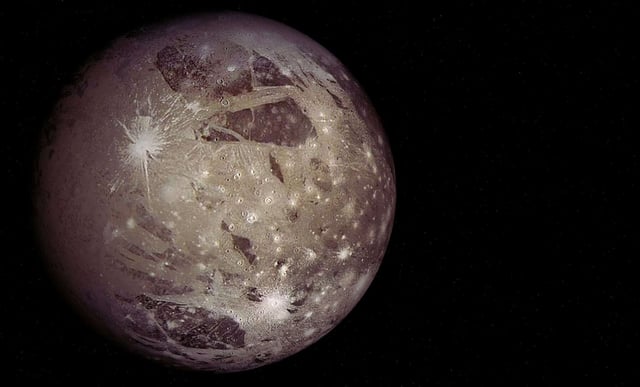Overview
- Physicist William DeRocco of the University of Maryland argues that Ganymede’s ancient icy shell could archive signatures of macroscopic dark-matter impacts.
- His calculations predict deep-penetrating strikes that reach the subsurface ocean, create long melt columns, and dredge up material not exposed by normal craters.
- Telltale features would be isolated craters no larger than about 10 kilometers with disproportionate melt and compositions unlike surrounding terrain.
- ESA’s JUICE and NASA’s Europa Clipper could search for these signatures using high‑resolution spectral imagers and ground‑penetrating radar during Ganymede flybys.
- The proposal targets a largely unconstrained mass range of roughly 10^12–10^22 grams where objects are extremely rare on Earth, and the preprint remains unreviewed with experts calling it intriguing yet speculative.

